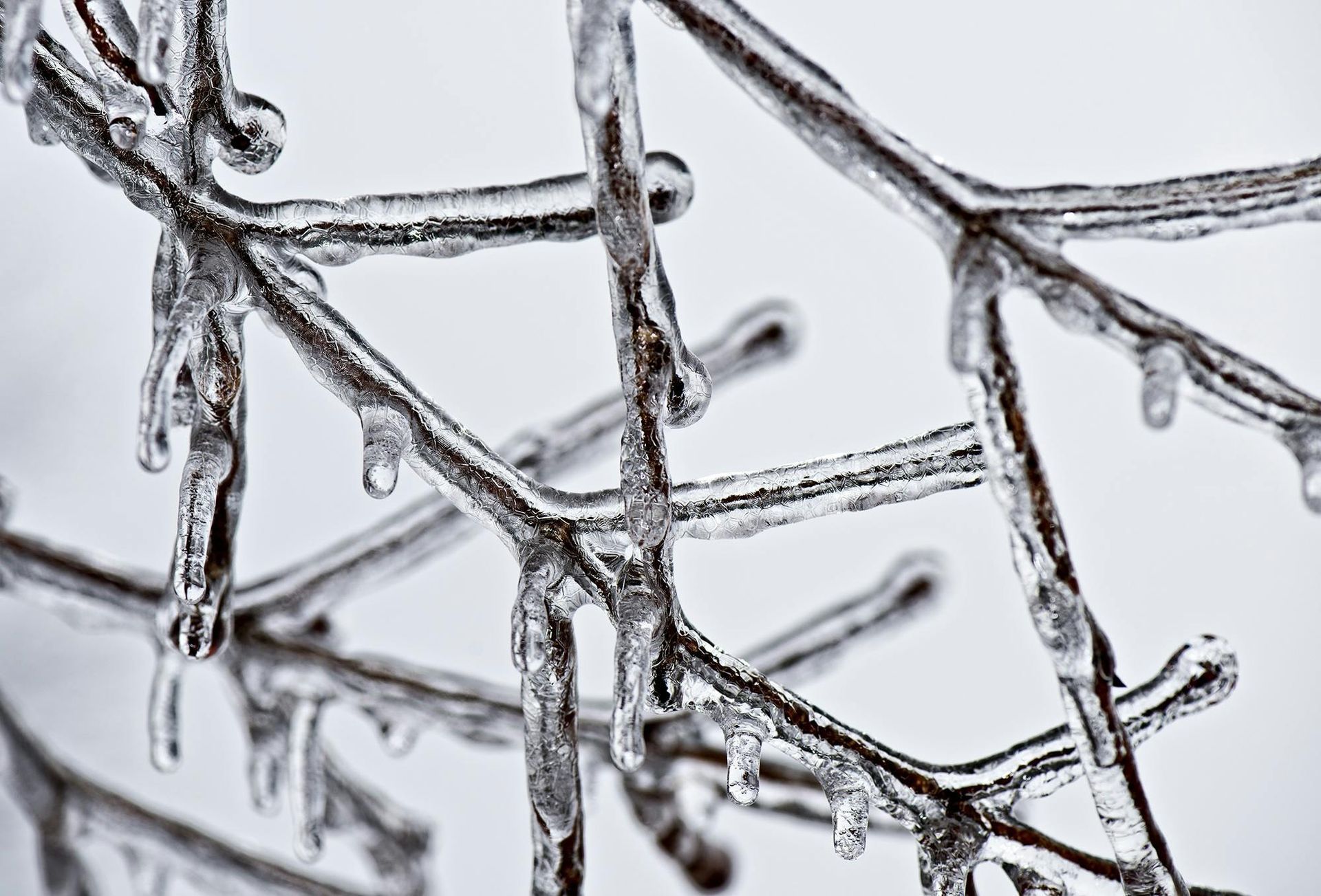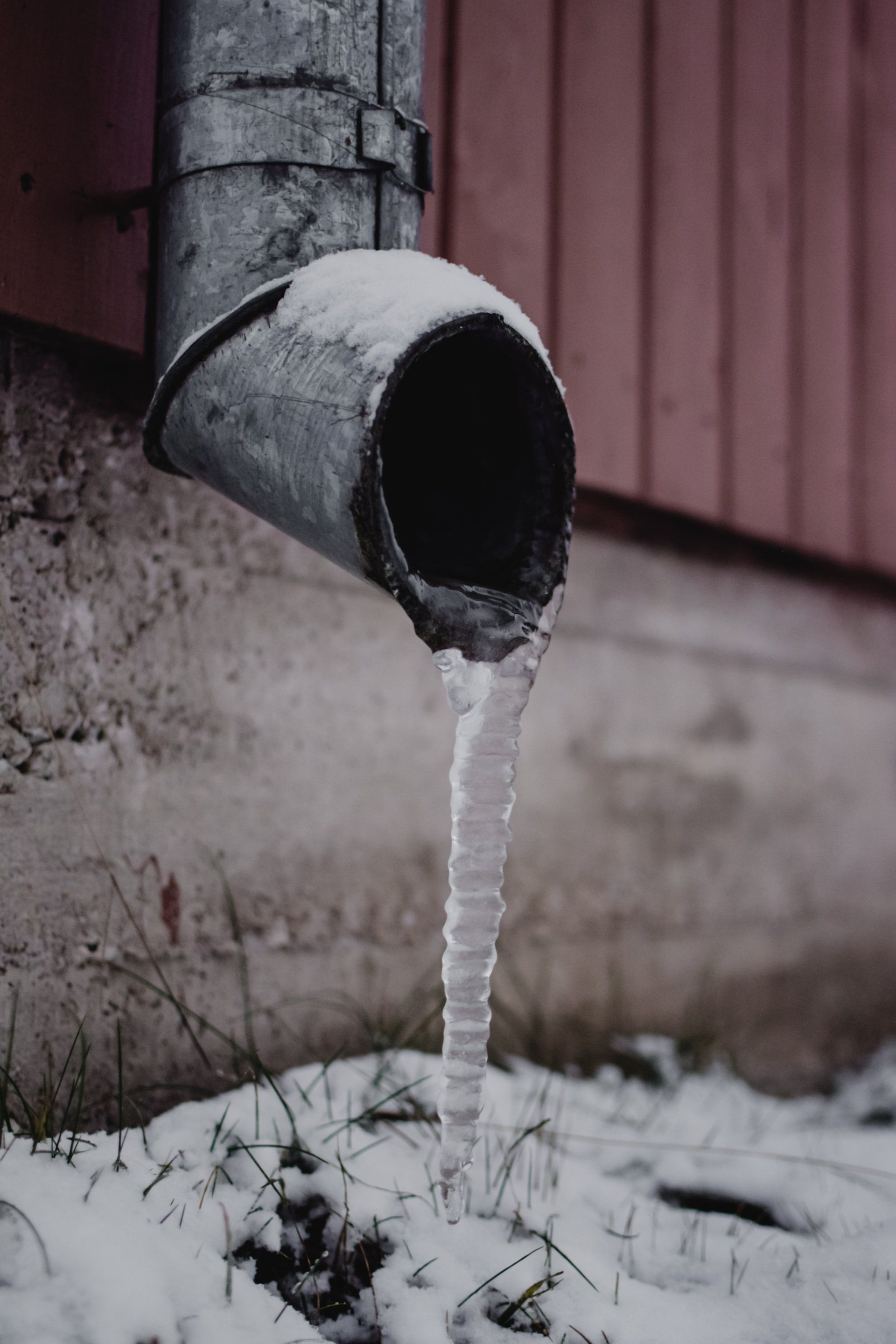When it comes to your home’s air quality, humidity plays a critical role in maintaining comfort and safety. However, while a certain level of humidity is essential, too much of it can wreak havoc on your living space—and your health.
In this blog, we’ll explore why excessive moisture in the air is bad for your home and outline actionable steps to keep your indoor environment properly balanced.
Why Too Much Humidity Is Bad for Your Home
1. Mold and Mildew Growth 💧
When air becomes overly humid (above 60% relative humidity), it creates a perfect environment for mold and mildew to thrive. These fungi not only cause unpleasant odors but can also lead to structural damage, discoloration, and health issues such as allergies and respiratory problems.
2. Damage to Walls, Floors, and Furniture 🛠️
Excess humidity can cause:
Warping in wood floors and furniture
Peeling paint and wallpaper
Damage to drywall due to water absorption over time
Not only is this unsightly, but expensive repairs may follow if the problem persists.
3. Dust Mites and Pests 🐜
Higher humidity often results in dust mites flourishing, which can trigger asthma and other allergies. Additionally, some pests like cockroaches and termites are attracted to moist environments.
4. Increased Energy Bills 💸
Humidity makes the air feel warmer, forcing your air conditioner to work harder to cool your home. As a result, your energy bills can skyrocket during summer months when cooling is already a priority.
What Can You Do to Reduce Humidity?
1. Use a Dehumidifier 🛠️
If humidity is a persistent problem, investing in a dehumidifier can help maintain optimal levels (between 30%-50%). These devices pull excess moisture from the air and improve overall air quality.
2. Improve Ventilation 🌬️
Good airflow is crucial for managing humidity.
Use kitchen and bathroom fans when cooking or showering.
Open windows to let fresh air circulate during cooler parts of the day.
3. Seal Leaks 🏡
Check for leaks in your home’s foundation, roof, windows, and doors. Water intrusion from outside can contribute to excess humidity inside. Seal these areas using weather stripping or caulk.
4. Fix Plumbing Issues 🚰
Leaky faucets, pipes, or appliances can introduce more moisture into the air. Regularly inspect and repair plumbing to prevent this problem.
5. Use Air Conditioning Efficiently ❄️
Your AC not only cools your home but also removes moisture from the air. Make sure it’s operating efficiently with regular maintenance, and clean/replace filters as needed.
6. Opt for Moisture-Absorbing Products 🧴
Place moisture absorbers like silica gel, activated charcoal, or specific products designed for closets and basements in areas prone to high humidity.
Long-Term Tips for Humidity Management
Landscaping Matters: Ensure proper drainage around your home’s foundation to minimize water buildup.
Install a Vapor Barrier: In crawl spaces or basements, this can help prevent moisture from seeping into the air.
Monitor Humidity Levels: Invest in a digital hygrometer to constantly keep an eye on humidity and act when levels start to rise.
The Sweet Spot: Finding Balance
While too much humidity is a problem, don’t forget—too little humidity can create its own issues, such as dry skin, respiratory discomfort, and even damage to wood furniture. Strive to maintain a balanced range of 30%-50% relative humidity year-round.
Final Thoughts
Excess humidity isn’t just annoying; it can cause long-term damage to your home and health. The good news? With the right tools and techniques, you can keep moisture in check and ensure your home remains a comfortable and safe space.
Start taking these steps today, and say goodbye to sticky air, moldy walls, and skyrocketing energy bills!







